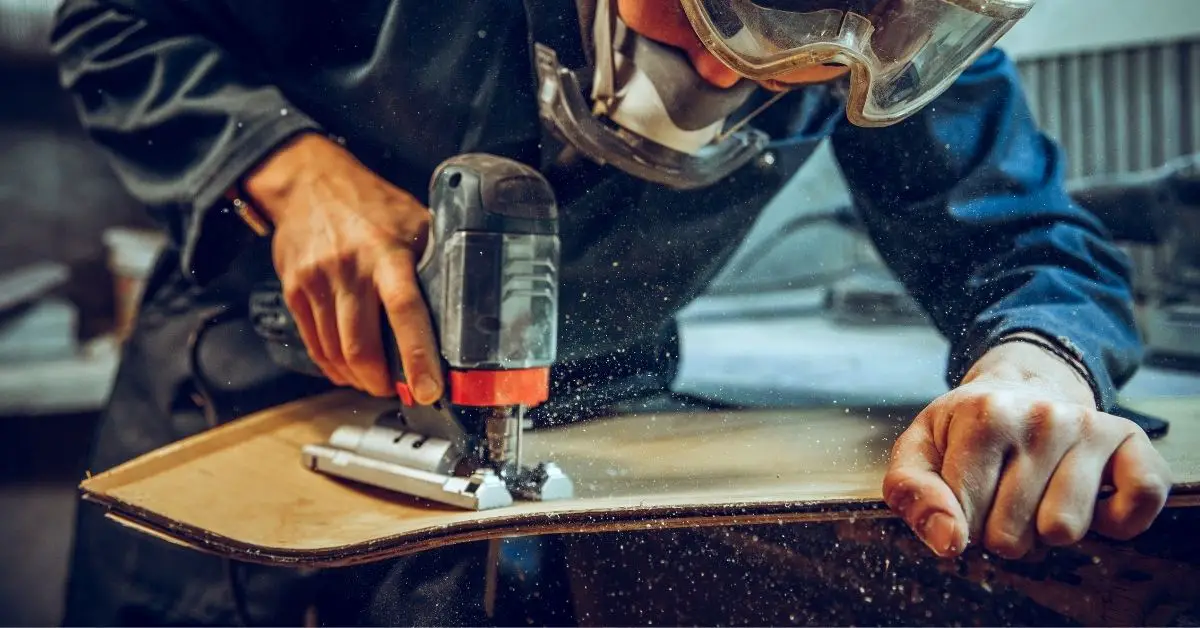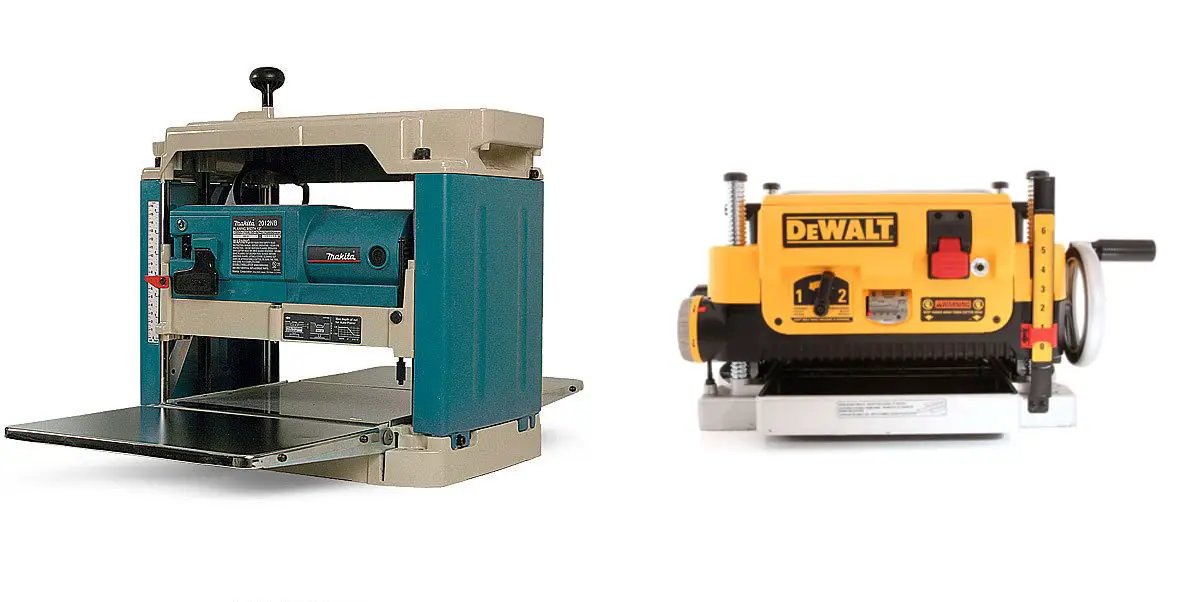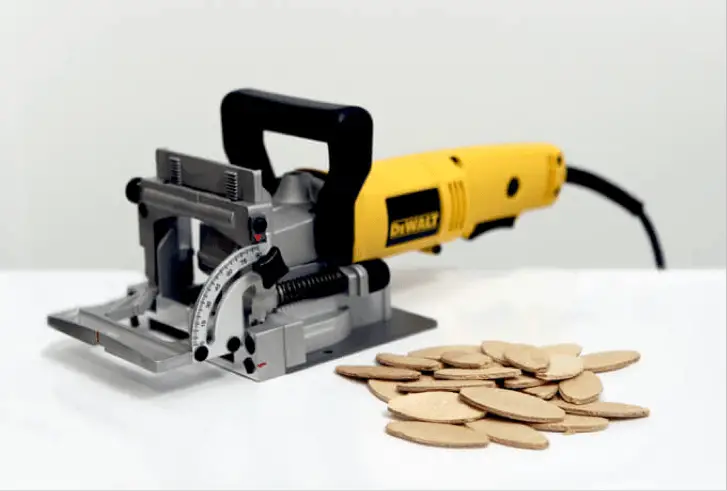Power Tools
Best Wood for Cutting Boards
Cutting boards are central to most of our cooking. They come in contact with most of the food we prepare. Heck, some of them even double as a serving board. For these and more reasons, you must pick the best wood for the job.
Choosing the right wood for a cutting board is not difficult if you know what you want from it. If you’re not sure why you need a cutting board and therefore don’t know what to get, simply ask yourself these questions:
What will I be cutting?
How often will I use this board?
Should it be a serving platter too?
What tools do I use in the kitchen?
What wood can I easily get a hold of?
How to choose the best wood for a cutting board
You might think, “it’s just a block of wood, it shouldn’t be that hard to buy,” but the reality is that cutting boards are vastly different depending on the type of wood they’re made of and how they’re constructed.
Think about these factors when selecting your next cutting board.
Hardness
Believe it or not, we use an elaborate system to measure the hardness of wood. It’s called the Janka hardness rating, and even though it is predominantly used to measure the hardness of hardwood floors, the same principles can determine the hardness and durability of any wood.
Hardwoods tend to score higher, whereas softwoods typically have lower hardness scores. For example, the highly-dense Australian buloke has a hardness rating of 5,060, but the soft balsa, the softest wood according to this test, scores 22.
The harder the wood, the more durable it will be. However, it will also dull your knife quicker. On the other hand, Softer wood bruises and scratches much more easily. In the end, you’re better off with something in the range of 900 – 1,500. This is where you’ll find good stuff like maple (1,450), bamboo (1,180), and walnut (1,010).
Porosity
Closed-grain woods have much smaller pores (invisible to the naked eye) and are therefore better choices. The less porous the wood is, the less likely it is to absorb liquid or bacteria into the cutting board, which can cause stains, warping, or even mold.
When choosing a cutting board, go for wood with smaller pores because they are less likely to become a breeding ground for bacteria.
Toxicity
Go for woods with edible produce. If a tree produces fruits, nuts, leaves, or edible sap, its wood is considered food-safe. On the contrary, if it is known to emit any toxic substance, you should stay clear of that type of wood.
A dangerous example is the Purpleheart, a type of wood that is stunning yet full of toxins that could easily leach into your food as you prepare it.
Maintenance (conditioning)
Cutting boards need a little TLC, and it’s usually in the form of food-grade mineral oil. Applying this oil suppresses the wood’s tendency to shrink, warp, or split due to environmental conditions.
It’s good to condition your chopping boards at least once every three months, but it all depends on the wood you get. Some shrink faster than others and therefore require oiling more frequently.
Cost
Store-bought cutting blocks are usually affordable, though the principal determiner for the price is the type of wood used. Bamboo cutting boards are cheaper than the rest because the grass takes a very short time to grow (3 – 6 years) compared to some recommended hardwoods (maple takes up to 30 years).
If buying one outright is too expensive, and you’ve got the tools and know-how, you can simply purchase some hardwood and fashion your own DIY hardwood chopping board.
The Best Cutting Boards to Buy on Amazon
ROYAL CRAFT WOOD XL Bamboo Cutting Board with Juice Groove
Bamboo is the cheapest, hardest cutting board material you will find anywhere. It is more than appropriate for most kitchen use, and you’ll only need something harder if you’re a professional chef dealing with all sorts of foods.
This XL bamboo cutting board measures 18” by 12”, which is quite spacious. It features a prominent juice groove, which keeps liquids from getting onto your kitchen counter and making a mess.
Not only is it large and hard, but it is also very attractive. It has a bright yellow finish that looks good in just about any setting. Though this might be prone to staining, it’s not much of a concern since the cutting board is easy to clean and condition.
Ziruma End Grain Teak Cutting Board
End grain cutting boards are four to fifteen times costlier than edge grain cutting surfaces. An end grain board is made by fusing cut wooden boards by the short ends to form a level cutting surface. These types of boards have softer surfaces, but they’re self-healing. That means any cuts or dents they sustain gradually disappear.
This prime teak cutting board is also cured with beeswax, linseed oil, and lemon. Not only is it durable and practically impervious to long-term dings, but it also features a beautiful, checkered surface. This chunky 20” by 15” chopping board doesn’t stain easily and is relatively resistant to moisture. Best of all, it comes with a special wood moisturizer that you use to keep it conditioned.
AZRHOM Walnut Cutting Board
Walnut is a perfect hardwood to use for a cutting board. It is durable, soft enough to be easy on your knives, and beautifully dark. Such boards fair better against pronounced stains, especially when cleaned immediately after use.
This huge walnut board has some deep juice grooves running around the side. These hold onto any liquid before it spills over onto your kitchen counter. It is also double-sided, which means you can use one side for meats and vegetables and the other side for fruits and cheeses.
Though it’s somewhat pricey, this is a professional cutting board that will outlive most of the cheaper options out there. It requires less maintenance and is easier to clean due to its rich deep brown hue.
Why You Should Trust Us
At Woodworking Tool Guide, we know one size doesn't fit all! We cater to every woodworker, from beginner to pro, with insights and recommendations tailored to your skill level, project needs, and budget. We take the guesswork out of choosing the right tools, whether you're tackling your first crafting a masterpiece for the ages. So grab your chisel, join our community, and let's build something amazing together!
Woodworking Tool Guide wasn't just born, it sprouted from a seed of passion for the craft. What started as a joyful exploration blossomed into a trusted online haven for fellow enthusiasts like you. We pour our love into meticulously chosen review selections, meticulous hands-on testing, and lab-backed insights, all to empower you with reliable, comprehensive information you can build on. So, grab your tools, trust our guidance, and let's build something beautiful together!
Passion-Driven Expertise
Our journey started with a shared love for woodworking. The team behind the Woodworking Tool Guide is comprised of individuals who are not just writers but passionate woodworkers themselves. This shared enthusiasm ensures that our content is crafted with a deep understanding of the craft and an authentic appreciation for quality tools.
Top Tool Guides Online
Woodworking Tool Guide has rapidly ascended to become one of the premier online destinations for tool guidance. Our commitment to excellence and the accuracy of our information has positioned us as a reliable source for both beginners and seasoned woodworkers seeking trustworthy advice on the best tools for their projects.
User-Centric Approach
Our content caters to every woodworker, from rookies just starting out to seasoned pros tackling intricate projects. We tailor our insights and recommendations to your skill level, project needs, and budget, ensuring you find the perfect tools to match your unique woodworking journey. So step into your workshop, grab your tool belt, and let Woodworking Tool Guide be your trusted companion as you craft your masterpieces.
Continuous Support and Innovation
Woodworking is an ever-evolving craft, and so is our commitment to supporting you. We are dedicated to bringing you the latest information on woodworking tools, techniques, and trends. Our team is actively working to expand our content and bring you more valuable insights, ensuring that you stay well-informed in your woodworking adventure.
Hands-On Experience
Ditch the endless research rabbit hole! At Woodworking Tool Guide, we believe in actionable advice, not armchair analysis. We get our hands dirty, putting every tool through its paces in real-world woodworking scenarios. Whether it's the precision of a table saw, the versatility of a router, or the tactile satisfaction of a handplane, we test for performance, durability, and user-friendliness. No more sifting through dry specs – we deliver practical insights you can trust to transform your woodworking dreams into reality.
Woodworking Tool Guide isn't just a review site, it's your trusted companion on the sawdust-filled path to woodworking mastery. Our expert team, led by veteran David Jones, meticulously tests and explains tools in terms you understand. We cut through the jargon, bias, and confusion with real-world insights and honest evaluations. Join our passionate community, where decades of experience, cutting-edge knowledge, and shared love for the craft come together to guide you every step of the way. So grab your chisel, buckle up, and let's embark on this exciting woodworking adventure, together!








